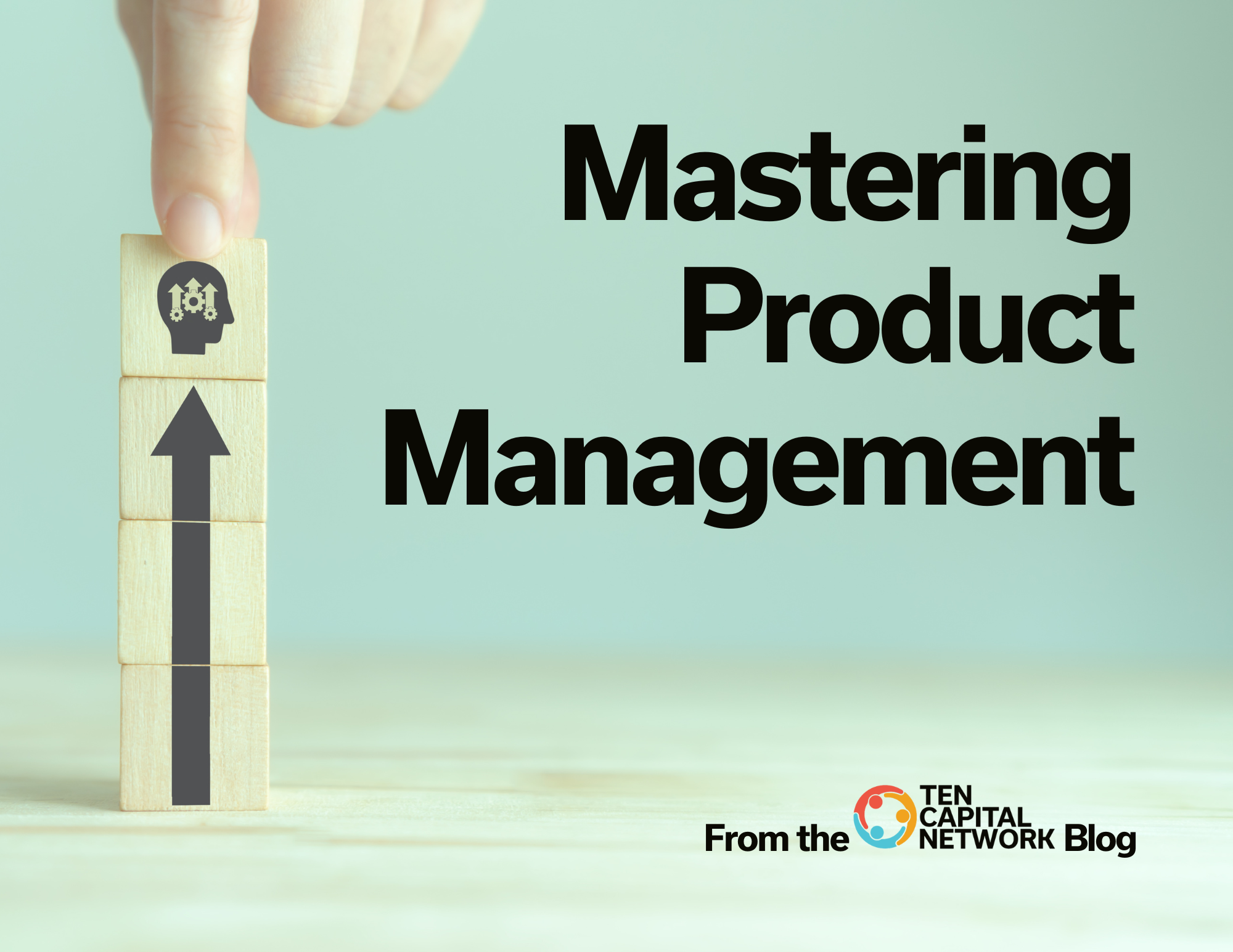2min read As a startup investor, it is imperative that you are considering the exit strategy before beginning the investment as this is what determines your return on investment. When, how, and to whom the startup will sell are essential topics to cover at the beginning of your relationship with the startup organization. Let’s take a look at each of these topics.
Timeline For an Exit
Most exits come from another company buying the startup. It takes six months to a year to complete a buyout. Delays often come from the startup not being prepared or ready for the M&A process. Additionally, setting valuation and final terms can take substantial time for research and negotiations.
To shorten the time, consider the following:
- Identify and contact the likely buyers and build a relationship before starting the process.
- Position the startup leadership as a thought leader with published articles and keynote speeches to provide credibility.
- Build a data room of key documents that will be used in a transaction process. This is basically a gathering process but does take some time.
- Beware of competitors in the diligence process as they will have access to your detailed financials and other information.
- Understand the interest level of the buyer and what other activities may delay their work on your deal.
- Set realistic expectations for how fast things will go.
Early Exits
In setting the exit, most investors look to maximize the exit value. It’s important to remember that the metric investors use, Internal Rate of Return (IRR), has a time component to it. The faster the exit, the higher the IRR.
As an investor, consider pursuing the highest IRR and not just the biggest dollar exit as bigger exits take longer. While the news highlights the biggest exits, the vast majority of exits are under $20M. Selling a business for under $20M is not that hard, however growing a business and selling it over $100M is very hard. Most acquirers don’t need the business to be large, they just need to know the business model is defined and is profitable.
Staying in the deal longer opens up the investor for dilution and other events that reduce the return on investment. A startup should be proving their business model and turning it into a repeatable, predictable process. With funding and time, it will scale. As an angel investor, you should look for early exits and structure your investments accordingly.
Finding Alignment
Investors should gain alignment with the startup about the exit before making the investment. This includes the size and timing of the exit. There needs to be some clear thinking and research about who will buy the company and how much they will pay. The investors and the startup need to work together to achieve the exit.
One of the biggest impacts on the exit for early-stage investors in follow-on funding. It’s important to gain alignment on the subsequent financing rounds required and the impact it will have on the early investors. It’s often the case that the startup is overly optimistic and comes back later asking for additional funding.
Also, be sure to discuss the path the startup will take to achieve the exit; will the company grow organically, or will it push aggressively for growth?
It’s important to maintain communication about the exit strategy and discuss whether the company is on track for it or not.
Finding The Buyer
In selling a business there are two types of buyers: strategic buyers and financial buyers. Strategic buyers look for companies that can enhance their current business. Financial buyers look for companies that generate cash. Their motivations and concerns are different.
The strategic buyer will look to see how closely the acquisition is to the buyer’s business and how much work it will take to integrate it, while the financial buyer will look at the financials to determine the cash flow and how long it may sustain.
A company seeking a buyer will need to develop a relationship with CEO and VP-level contacts in the industry. This can be done through introductions, conferences, and other events. The company may also find an avenue through the corporate development team in some cases. Bankers are also potential conduits to potential acquirers. The board of directors of the acquiring company may provide an additional entry into the company.
Finding the buyer takes time and building a rapport takes even more time.
Read more on the TEN Capital eGuide: How to achieve an exit

Hall T. Martin is the founder and CEO of the TEN Capital Network. TEN Capital has been connecting startups with investors for over ten years. You can connect with Hall about fundraising, business growth, and emerging technologies via LinkedIn or email: hallmartin@tencapital.group





